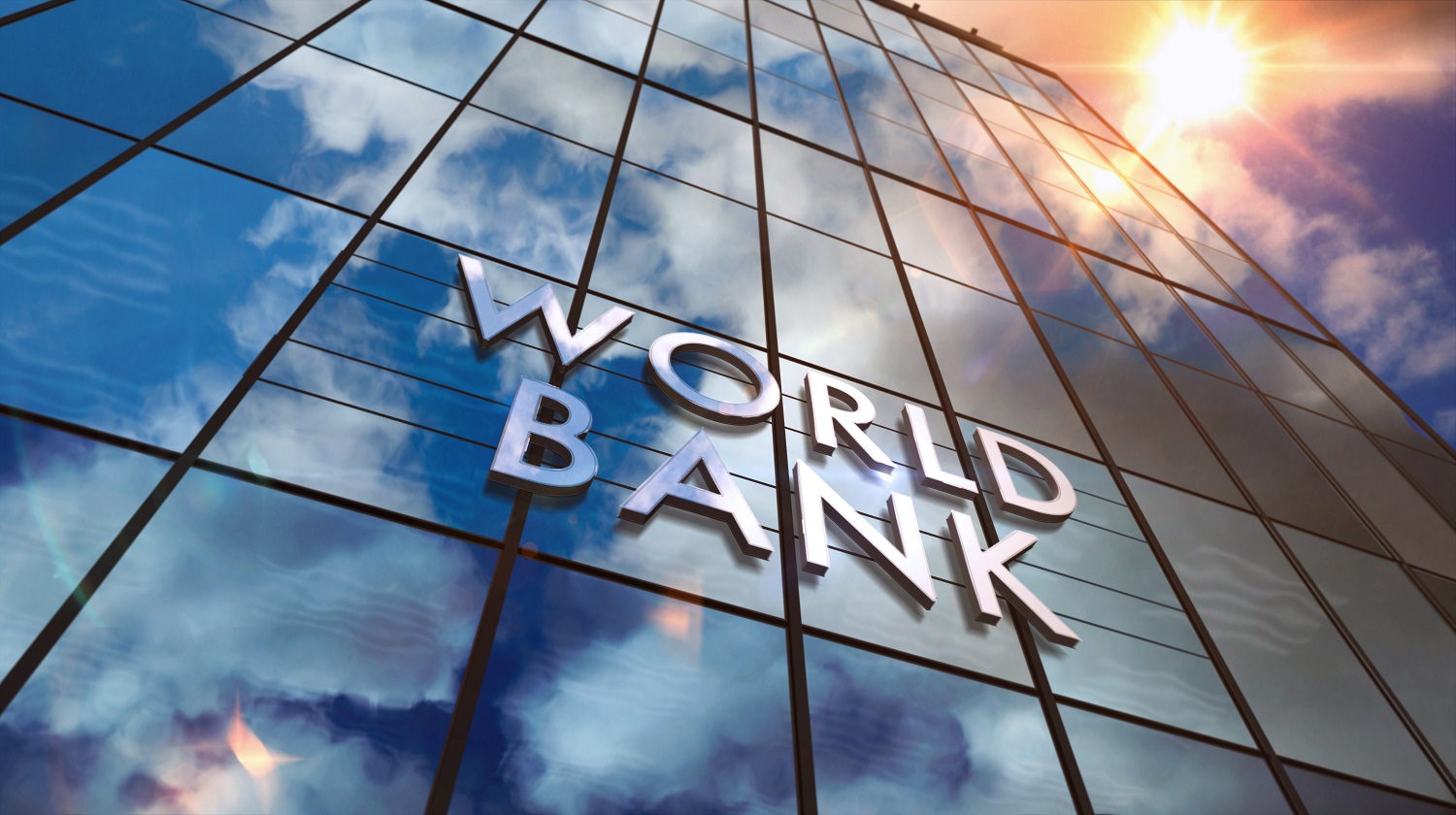Recommended
As new president Ajay Banga settles in to his position atop of the World Bank, his thoughts will be on institutional reform. Not least, the mandate he has been given to “evolve” the Bank to take on the mission of climate change. How do you redeploy 19,000 staff members in a new structure to get results for both climate and development? My plea to him: don’t. Or, more precisely: add a new bit to the institution to focus on climate mitigation, redeploy some staff to run it, but leave the bulk of people where they are. It will get more results, faster.
Reorganization is no easy task at the World Bank. James Wolfensohn’s quarter-billion-dollar Strategic Compact promised efficiency gains which turned out to be “difficult to realize,” according to Bank leadership. Jim Kim’s reorganization into Global Practices was largely un-reorganized by Kristalina Georgieva. Moving people and rebuilding structures is time consuming, project-delaying, and (apparently) largely unrelated to how well the institution actually functions. Perhaps that’s because there is simply no perfect way to organize a place that wants to be simultaneously lending money and giving advice, to be guided by client priorities and global best practice, to answer to large shareholders and borrowers (and civil society and the private sector), to be nimble and efficient while ensuring consultation, following regulation, and reducing risk. Adding “concentrate on global challenges while simultaneously focusing on country development priorities” further guarantees the perfect organizational form for the World Bank Group only exists in ten-dimensional space.
The good news is that taking climate change more seriously doesn’t require a root-and-branch reorganization of an institution primarily centered around country lending programs and global sectoral expertise. Indeed, it would almost certainly make things worse. That’s because of the nature of the climate change challenge.
Divide the climate issue into adaptation and mitigation. Adaptation involves doing what is right for the country. It doesn’t involve tradeoffs with global priorities; it only involves informed decision-making. Development as a whole is an adaptation tool, and the additional investments in sectors such as infrastructure and agriculture that make sense as specific adaptation responses do so precisely because they will generate high returns to the countries that make them. It is an issue that can be tackled within the existing World Bank dialogue and engagement with countries. Adaptation will surely get more important over time, and the institution should build up sectoral expertise in effective adaptation approaches. More important, the World Bank’s largest shareholders, who bear an outsized responsibility for creating the challenges that Bank client countries need to adapt to, should be providing additional financing to support the necessary investments. But that can all be done within the current institutional structure that prioritizes country lending priorities.
Mitigation is at the other extreme. It makes little sense to think about efficient mitigation responses through the prism of country-level development priorities, because, as John Kerry points out, “mother nature doesn’t care where the emissions come from.” That means there are inevitable tradeoffs between climate and development when it comes to financing projects. Not least, mitigation finance for things like renewable energy is likely to be most effective in richer developing countries with larger markets and lower cost of capital. But the development impact of an extra kilowatt hour is far larger in a poorer country than a richer one. Under the circumstances, trying to bolt efficient global mitigation onto a country-based financing system would create an unnatural horror. We know that, because existing climate funds that try to operate around country programs are, indeed, unnatural horrors: not very good at development, not very good at mitigation.
That suggests the World Bank needs a different mechanism to provide mitigation finance. A window at the IBRD, the Bank’s arm that lends to more creditworthy countries, could offer loans for mitigation projects and programs in client countries based on three criteria: staff analysis that the supported activities will have a significant mitigation impact, those activities being part of nationally determined contributions to climate goals, and country desire to borrow from the IBRD to support the activities. The window would be opportunistic—operating in countries and sectors based purely (or almost purely—see below) on the potential to reduce emissions. That could take the form of a massive policy loan to India to support phase-out of fossil fuel subsidies. Or perhaps a multi-billion-dollar loan to PT Indonesia Infrastructure Finance to support renewable energy projects in the country. Perhaps in its initial stages the window would adopt a sector focus (energy and transport between them account for the considerable bulk of developing country low-carbon investment needs). That would reduce the complexity of project selection and management, and might help ensure scaled demand reduced global prices for the technologies involved. But, broadly, the funding would be as large-scale and low-conditionality as possible in order to maximize attractiveness to potential borrowers and impact in terms of emissions reduction.
And while the primary focus of the window will inevitably be in richer developing countries responsible for the considerable bulk of emissions, the window team might find deals to be done elsewhere. Standard IBRD terms are considerably more attractive than sovereign lending terms for poorer countries and more attractive again than the kind of financing that can be attracted from the private sector to support projects including solar power plants. On occasion, the climate window might be able to find attractive opportunities in IDA countries and it should be able to grasp them.
The mitigation facility could be staffed with teams from the relevant sectoral vice presidencies. They would have to have considerable freedom to negotiate with client countries, if in coordination with country teams. And the facility should be a separate window, not a separate institution with its own balance sheet (to avoid repeating the mistake of MIGA, with net guarantee exposure at the country level limited to $1 billion thanks to its small independent balance sheet). That means it will still be subject to overall IBRD country borrowing caps put in place to reduce exposure risk—but most countries are a long way from such caps and would be further away were the IBRD balance sheet to grow.
In that regard, the window should come with new IBRD capital. Like most businesses, the IBRD needs its clients even more than its shareholders. And the clients want the Bank to remain focused on development. If it is to take on an additional mandate, it should receive additional financing to ensure client priorities are not displaced. Mr. Banga should propose a climate-dedicated capital increase, where 50 percent goes to the new mitigation window and 50 percent goes to adaptation—broadly defined—in the “development window.” And he should demand an IDA adaptation top-up as part of the next replenishment.
Creating a new IBRD window for mitigation would still be complex and disruptive. But it would deliver better results faster than trying to reorganize the entire institution to deliver an incompatible set of mandates. And it would also help make clear if the shareholders pushing for the World Bank’s evolution are willing to provide the resources necessary for it to succeed.
Disclaimer
CGD blog posts reflect the views of the authors, drawing on prior research and experience in their areas of expertise. CGD is a nonpartisan, independent organization and does not take institutional positions.
Image credit for social media/web: rolffimages / Adobe Stock







